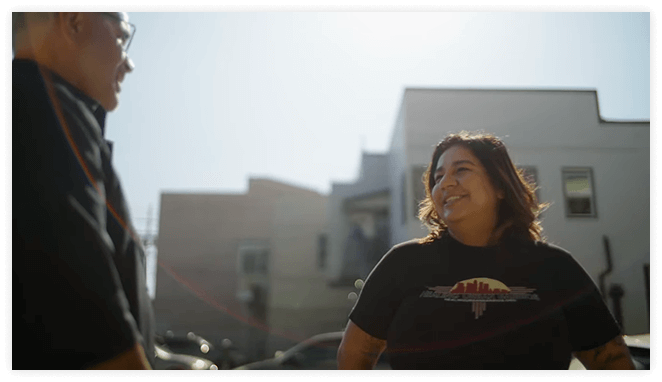Our Model
Community Facing Intermediary
The nonprofit sector has many “intermediaries,” but few are uniquely equipped to do the work in a way that centers and serves communities first. The LCCL stands apart because our Community Facing Intermediary (CFI) model was built from the ground up to connect funders directly with grassroots, community, and faith-based organizations, CFBOs especially those in historically marginalized urban and rural areas, while making sure they have the tools, systems, and support to thrive long-term.
What makes our model unique is that we don’t just pass along funding, we also find, form, and feature local CFBOs so they can grow their capacity, raise their visibility, and lead in solving community challenges. We act as a bridge and a partner, not just an administrator. That means:
Deep Community Trust
We know the people and the places we serve, and they know us.
Tailored Capacity Building
From grant compliance to data systems, we help organizations strengthen the infrastructure they need to compete and succeed.
Streamlined Funding Access
We remove barriers that keep small and mid-sized nonprofits from receiving federal, state, and philanthropic resources.
Leadership Elevation
We amplify local voices, get leaders to decision-making tables, and share their stories across systems of influence.
Ecosystem Building
We connect organizations, funders, and sectors to create lasting change in public health, safety, and community wellbeing.
Our Methodology – Find, Fund, Form and Feature
The LCCL’s Find, Fund, Form, and Feature methodology is designed to unlock the full potential of community-rooted nonprofits. We seek organizations with deep local trust, connect them to funding streams they’ve historically been excluded from, equip them with the tools and infrastructure to grow, and elevate their voices to influence broader systems. This methodology transforms local expertise into greater impact—helping solutions born in the community reach the people and places that need them most.
Find: We actively seek grassroots and small-to-medium nonprofits rooted in communities of color and rural areas, where deep relationships and local trust drive meaningful change.
Fund: We connect these organizations to critical federal, state, philanthropic, and corporate funding—lowering barriers, increasing access, and bringing resources to places traditional funders often overlook.
Form: We strengthen organizational capacity through tailored infrastructure support, program coordination, and network building—helping partners grow, collaborate, demonstrate stewardship, and sustain their impact.
Feature: We elevate our partners’ stories on influential platforms, raising visibility, attracting new supporters, and securing them a seat at decision-making tables.
Community Reinvestment Initiatives
Community Reinvestment Initiatives return public resources to neighborhoods most impacted by crime, under investment, and incarceration—empowering those closest to the challenges to lead the solutions. Colorado is a national leader, offering a model replicated by other states and jurisdictions.
These initiatives succeed through strong partnerships between community nonprofit organizations and government agencies, combining local trust and knowledge with public resources and policy support. Our “better together” approach ensures investments are effective, focused on performance, and in the best interest of the whole community.
Funding supports grassroots organizations provide services such as reentry services, crime prevention, victim support, and community violence interruption and prevention. A community-facing intermediary responsibly manages funds, builds capacity, and makes grants accessible to smaller nonprofits, strengthening their long-term sustainability.
A proven example is Colorado’s Work and Gain Education and Employment Skills (WAGEES) program, which helps people returning from prison with reentry services such as housing, employment, and wraparound support—often delivered by staff with lived experience.
By shifting resources from incarceration to community-driven solutions, these initiatives help create safer, healthier, and more resilient neighborhoods.

